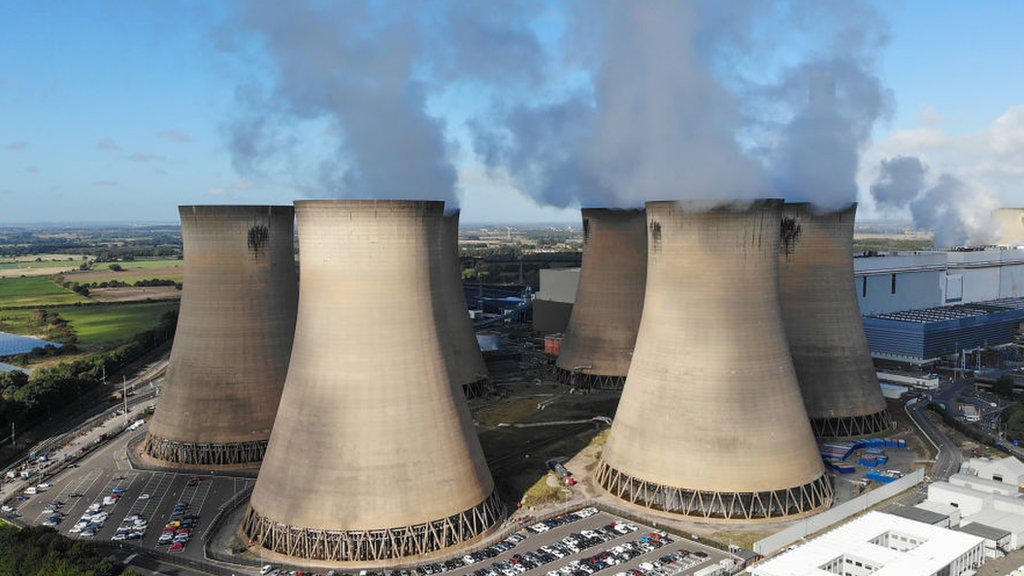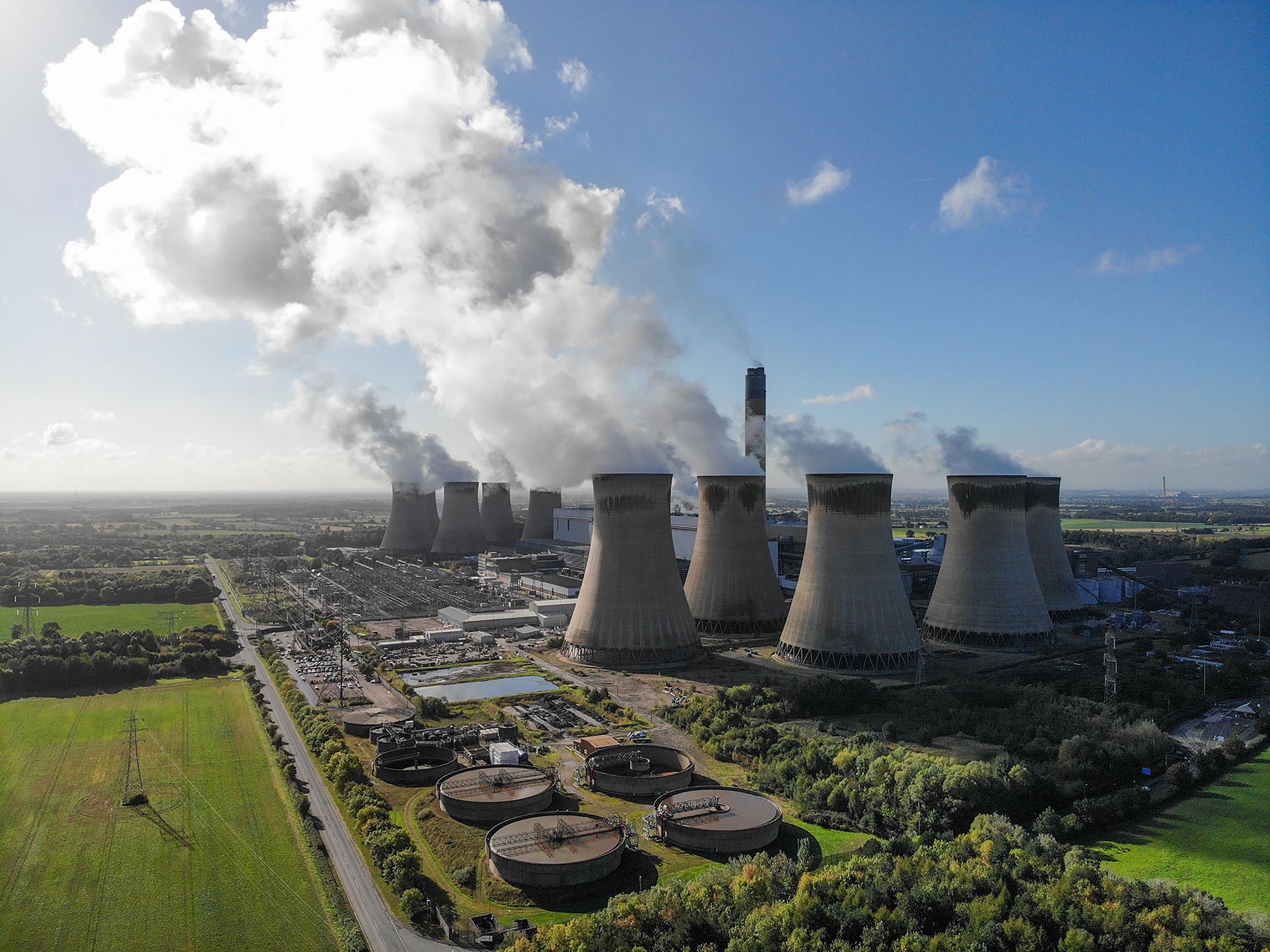The Drax power station in North Yorkshire has come under scrutiny after a report revealed it was responsible for four times more carbon emissions in 2023 than the UK’s last remaining coal-fired plant, despite receiving over £500 million in clean-energy subsidies that same year.
The report, published by the climate think tank Ember, highlighted that Drax, which burns wood pellets imported from North America, was Britain’s largest carbon emitter, releasing 11.5 million tonnes of CO2 in 2023, which equates to nearly 3% of the UK’s total carbon emissions.
Drax’s carbon output last year was significantly higher than that of the Ratcliffe-on-Soar coal-fired power station in Nottinghamshire, which is set to close in September. The report further noted that Drax’s emissions exceeded the combined total of the next four most polluting power plants in the UK.
According to Frankie Mayo, an analyst at Ember, burning wood pellets can be as harmful to the environment as burning coal, making the ongoing subsidies for biomass a costly mistake. Since switching from coal to biomass in 2012, Drax has received nearly £7 billion in subsidies from British energy bills.

Drax Power Station Faces Criticism Over High Carbon Emissions Despite Receiving Millions in Clean-Energy Subsidies
The government is now considering Drax’s request for additional support beyond the current subsidy scheme, which is set to expire in 2027. This would allow the power plant to continue burning wood until the end of the decade. Drax argues that its operations are “carbon neutral,” claiming that the carbon absorbed by the trees used to produce the wood pellets offsets the emissions produced when they are burned.
The company also plans to implement carbon-capture technology, using further subsidies, to create a “bioenergy with carbon capture and storage” (BECCS) project. Drax aims to become the world’s first “carbon-negative” power plant by the decade’s end.
In response to the report, a spokesperson for Drax dismissed the findings as “flawed,” accusing Ember of ignoring the company’s internationally recognized approach to carbon accounting. The spokesperson defended the BECCS technology as the only credible large-scale solution for generating renewable power while also removing carbon from the atmosphere.
Similarly, a government spokesperson argued that the report misrepresented how biomass emissions are measured, stating that the Intergovernmental Panel for Climate Change considers sustainably sourced biomass to be a low-carbon energy source.
However, the National Audit Office, the UK government’s spending watchdog, has expressed concerns, warning that ministers have already allocated £22 billion in subsidies for biomass without sufficient evidence that the industry meets sustainability standards.
Mayo from Ember criticized the continued reliance on wood burning for power, arguing that it is an expensive and risky approach that hinders the UK’s energy independence. She advocated for a shift towards homegrown wind and solar energy, alongside improvements in grid efficiency and planning, as the true path to achieving net zero.
Meanwhile, the FTSE 100 company that owns Drax reported profits of £500 million in the first half of this year, bolstered by nearly £400 million in biomass subsidies, and distributed a £300 million windfall to shareholders during the same period.











































